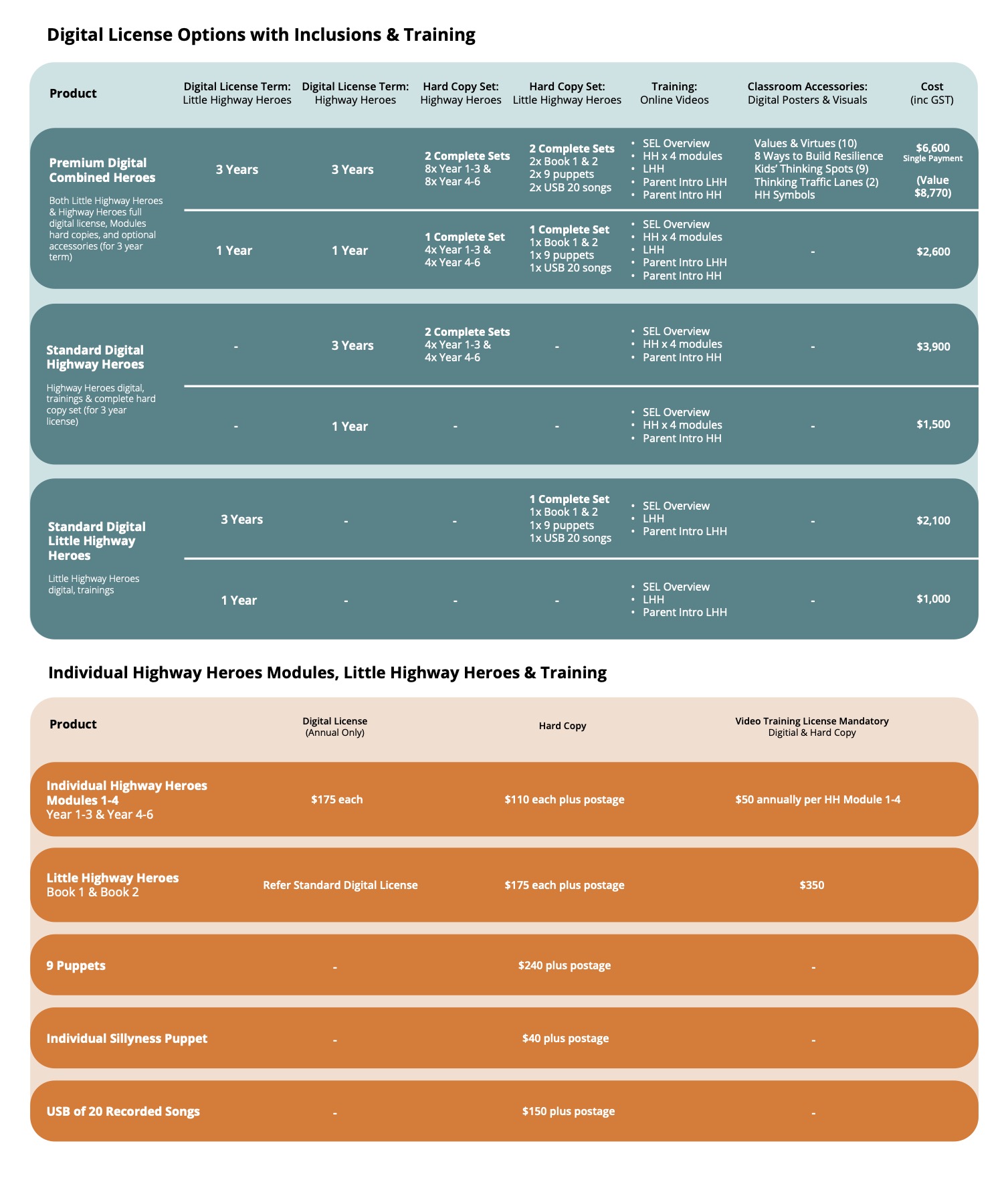Anyone who has worked with children has witnessed the anguish of a child who does not want to let a parent leave. Commonly referred to as separation anxiety, the child’s behaviour can range from tearful and clingy to anger and outrage. The response may also be more internalized, appearing as distant and disinterested. Whatever the behaviour, separation anxiety is difficult for everyone: the child, the parent, other children in the classroom or waiting room, and of course, it’s difficult for professionals too!
We offer some strategies to help professionals to respond to separation anxiety and navigate the emotions of both children and their parents.
STRATEGY #1: AVOID BLAME
Separation anxiety is a completely normal stage in child development – beginning often around 9 months of age, although not all babies will display it. For other children it may present itself more when transitioning to childcare, school or some unfamiliar place. It’s more common in children with cautious or sensitive temperaments, but can present with any child. It is NOT the result of poor parenting; so don’t succumb to the parent blame game.
It’s equally important not to blame the child, as the feelings being experienced are very real. This is not some ploy to disrupt your classroom or office, and punishment, ‘consequences’ or labeling their behaviour as “babyish” is harsh and unhelpful. Rather show compassion and respect for their feelings, stay calm yourself and talk in a firm, kind and reassuring voice. Convey a positive attitude that they will recover soon and all will be well. Try to divert them to an activity they enjoy – either on their own or with others – or suggest they can assist you – or someone else – with an activity.
STRATEGY #2: BE PREPARED
Separation anxiety is more likely to occur during the initial transition to daycare or formal schooling, but it can manifest suddenly following emotional upsets such as a friend leaving school, parents separating, a period of illness or perhaps some other difficult event that is not known to you.
You won’t always see separation anxiety coming, but when you do, there are ways to be prepared.
- Invite parents and children to visit before the first day of school, daycare or therapy so that the location and faces can become familiar.
- Talk to parents in advance about anxiety. Separation anxiety can take some parents completely by surprise, so it’s important to ensure they are prepared. Emphasise the importance of reassuring the child that they will return.
- Share your weekly schedule with parents so that they can talk to their child about what to expect and look forward to.
- Suggest that children bring a familiar possession such as a favourite toy, which can be comforting in a new environment.
STRATEGY #3: PARTNER WITH PARENTS
Separation anxiety can be as excruciating for parents as it is for the child. It’s very difficult to see your child in pain, especially when you feel personally responsible for that pain. By partnering with parents in dealing with a child’s anxiety, you can avoid an escalating situation where the parent’s own apprehension, drives the child’s anxiety even higher.
Here are some ways you can involve and reassure parents:
- Remember that parents will more than likely be elsewhere when their child recovers from the initial upset of separation, and becomes engrossed in friends and activities. Instead of letting the parent imagine their child curled up in the foetal position all day, send them a quick “all ok” text message or an image of their child at play.
- Be honest with parents. If a child’s separation anxiety is unusually acute or lengthy, don’t try to gloss it over. Share your concerns and consider suggesting a visit to the GP.
- Work with parents to establish a “goodbye routine” that works for both parent and child. Generally speaking you want to keep goodbyes as short and sweet as possible, but the ultimate routine will depend on the individual child.
- Provide parents with resources to help them deal with separation anxiety at home. Click here for a list of storybooks written specifically about this topic.
STRATEGY #4: HELP CHILDREN TO UNDERSTAND THEIR FEELINGS
Separation anxiety is created by a tangle of feelings and emotions. One of the most important skills you can teach a child is how to recognise and manage those emotions.
In the moment, use reflective language to acknowledge the child’s fear, discomfort and worry. “You’re not sure you will be ok without your Mum. I understand, we can all feel that way sometimes, but I know you are going to be fine.” Depending on the child’s age, level of distress and cooperation, a “what works for you when you’re feeling this way” conversation can be helpful.
In BEST Programs 4 Kids’ Highway Heroes program we introduce the concept of “bossy moods”, or emotions that take over and want to be the boss of the child. This is a concept that children connect with and is useful in helping them begin to understand that they too can influence and manage their feelings. Comments such as, “You’re getting bossed around by that feeling called “worry” – it sure can be bossy! I know how that feels, and when it happens, I keep telling myself there’s absolutely nothing to be afraid of.”
STRATEGY #5: TEACH THE SKILL OF CALMING DOWN
Of course, what we all want when a child is upset is for them to “just calm down”. But as we all know, it’s not actually simple; it’s a skill – and like all skills, it needs to be taught.
The act of calming down is a process. In the Highway Heroes program we break that process down into the Triple B’s for Calming Down: Body, Breathing and Brain. “Body” is a reminder to sit still and stop talking. “Breathing” should be slowed by counting, 1, 2, 3… And the “Brain” needs to do some Supa Thinkin, like “I can do this” or “Chill out”.
Like all skills, it takes practice to learn how to calm down – especially from being highly aroused. We suggest you practice the calming down process often – as part of a ritual when moving from the playground to refocusing, transitioning between activities or even spontaneously when nothing is happening. Hard wiring this skill over time teaches children how to positively deal with all sorts of emotional flare ups – especially those associated with separation anxiety or anxiety in general. And who doesn’t want that?


